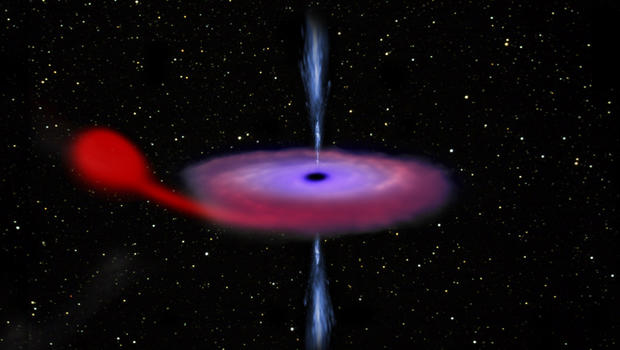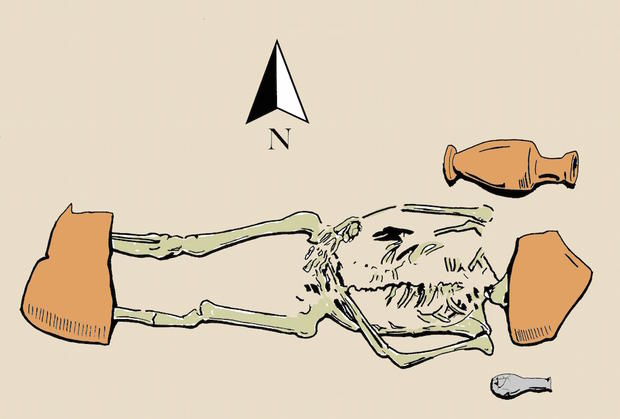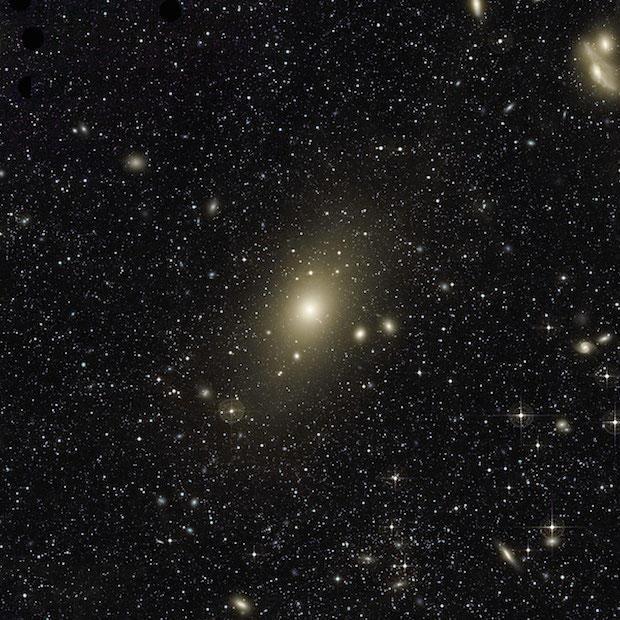Weird SciTech stories of the week
The Earth was hit this week with multiple solar storms. If that sounds scary, well, it can be. Eruptions on the sun called coronal mass ejections can send billions of tons of solar atmospheric material hurtling through the solar system toward Earth, where it causes a geomagnetic storm that can sometimes interfere with high frequency radio communications and GPS signals.
It can also be beautiful. The storms can pull the aurora borealis further south than usual, putting on a unique light show. Aurora sightings were reported this week in Minnesota, South Dakota, Virginia, West Virginia, New Hampshire and Wyoming.
Massive black hole wakes up after 26 years
Scientists had all but given up on the system known as V404 Cygni, which includes a monster black hole that was fond of devouring material from its stellar companions.
Part of the Milky Way galaxy, the system had been silent for a quarter century. But that all changed earlier this month, when a number of telescopes and the European Space Agency's (ESA) Integral satellite observed a burst of high energy light coming from almost 8,000 light-years away in the constellation Cygnus, the Swan.
"Now that this extreme object has woken up again, we are all eager to learn more about the engine that powers the outburst we are observing," said Carlo Ferrigno from the Integral Science Data Center at the University of Geneva, Switzerland.
Read the full story here.
How to stop an ancient zombie uprising
Ancient supernatural practices may explain why two Grecian graves contain skeletons that are pinned down with heavy objects and rocks, almost as though people wanted to trap the bodies underground, a new article finds.
Archaeologists have known about these two peculiar burials since the 1980s, when they uncovered the graves along with nearly 3,000 others at an ancient Greek necropolis in Sicily. But a new analysis suggests the two graves contained so-called "revenants," dead bodies thought to have the ability to reanimate, leave their graves and harm the living -- essentially an ancient version of zombies.
The ancient Greeks believed that, "to prevent them from departing their graves, revenants must be sufficiently 'killed,' which [was] usually achieved by incineration or dismemberment," Carrie Sulosky Weaver wrote in the article, published June 11 in the online magazine Popular Archaeology. "Alternatively, revenants could be trapped in their graves by being tied, staked, flipped onto their stomachs, buried exceptionally deep or pinned with rocks or other heavy objects."
Read the full story here.
See-through semi-trucks?
Anyone with a license has likely had the frustrating experience of getting stuck behind a slow truck on a two-lane road, wanting desperately to pass it, but never knowing if it's quite safe. Samsung has a surprising solution: Look right through it.
The company developed a "safety truck" with a wireless camera mounted on the grill that streams live video to four large screens on the back. That way, the person following the truck can see what the truck driver is seeing -- and can spot a safe moment to accelerate out in front.
Read the full story here.
Volcanoes erupting on Venus
Could there be volcanoes erupting on Venus?
Scientists think the answer is yes based on the latest data from European Space Agency's Venus Express, which completed an eight-year mission of Earth's neighboring planet last year.
Using a near-infrared channel of the spacecraft's Venus Monitoring Camera (VMC) to map thermal emission from the surface, an international team spotted localized changes in surface brightness between images taken only a few days apart.
"We have now seen several events where a spot on the surface suddenly gets much hotter, and then cools down again," said Eugene Shalygin from the Max Planck Institute for Solar System Research in Germany, lead author of the paper reporting the results in Geophysical Research Letters. "It is the most tantalizing evidence yet for active volcanism."
Read the full story here.
500-million-year-old "smiling" worm rears its head
Heads or tails? Scientists finally have an answer in the case of the odd ancient worm Hallucigenia, which leaves fossils so bizarre that researchers once thought its top was its bottom and its back was its front.
Indeed, after decades, researchers have confirmed which side of Hallucigenia was the head, and found its circular "grinning" mouth lined with teeth, according to a new study detailed June 24 in the journal Nature. This toothy ring may be the link that connects creatures as diverse as spiders, nematode worms and teeny-tiny tardigrades -- the cute and nearly indestructible micro animals also known as water bears.
Read the full story here.
Hungry, hungry galaxy
The galaxy Messier 87 has quite an appetite.
New observations by astronomers at Max Planck Institute for Extraterrestrial Physics and other institutes have revealed that the giant elliptical galaxy swallowed an entire medium-sized galaxy over the last billion years.
Messier 87, which lies at the centre of the Virgo Cluster of galaxies, is a vast ball of stars with a total mass of more than a million, million times that of the sun, at a distance of about 50 million light-years.
Read the full story here.
A hoverboard that would make Marty McFly proud
The scientists at Lexus are busy perfecting the Slide, what the company describes as a real-life, functional hoverboard of the type only Marty McFly would glide with in 1989's "Back to the Future Part II." Some other hoverboard models have arisen in the last year, such as the Hendo, and a homemade propeller version, yet look nothing like Marty's stylish craft that the Slide resembles, and with totally different technology.
The Lexus Slide will be powered by nitrogen-cooled superconductors and magnets, according to the website.
Read the full story here.
Are these the world's first teeth?
We take chewing for granted, but if you trace evolution back far enough, you're bound to stumble on time before teeth. Researchers from the Netherlands and the U.K. have found what may be the earliest known example of chompers, in a 410-million-year-old fish.
"Our results suggest that teeth originated deeper in the tree of life than we thought," said Martin Rücklin of Naturalis Biodiversity Center in Leiden, lead author of a study published Wednesday in the journal Biology Letters.
Rücklin and his coauthor, Philip Donoghue from the University of Bristol, found a fossil of the extinct fish Romundina stellina in a long overlooked box in a museum. Romudina, an early jawed fish, had previously helped experts get a sense of how jaws and faces evolved in vertebrates, about 98 percent of which have jaws. (Among the few exceptions is the eel-like lamprey, which recently sent alarms through an Alaska town when the fanged creatures rained from the sky onto lawns and parking lots.)
Read the full story here.
Facial recognition...without the face
Facebook now has the ability to recognize a person in photographs even when their face can't be seen.
The company is testing out a new algorithm in its artificial intelligence lab that uses cues such as hairstyles, clothing or even body language to identify a person. It is so good, according to New Scientist, that it can pick a person out of a lineup.
"There are a lot of cues we use. People have characteristic aspects, even if you look at them from the back," Yann LeCun, head of artificial intelligence at Facebook, told New Scientist. "For example, you can recognize Mark Zuckerberg very easily, because he always wears a gray T-shirt."
The latest advances in facial recognition software build on earlier breakthroughs from Facebook as it gets better and better at the business of photo tagging.
Get the full story here.
Read next: Facial recognition is watching you where you least expect it





